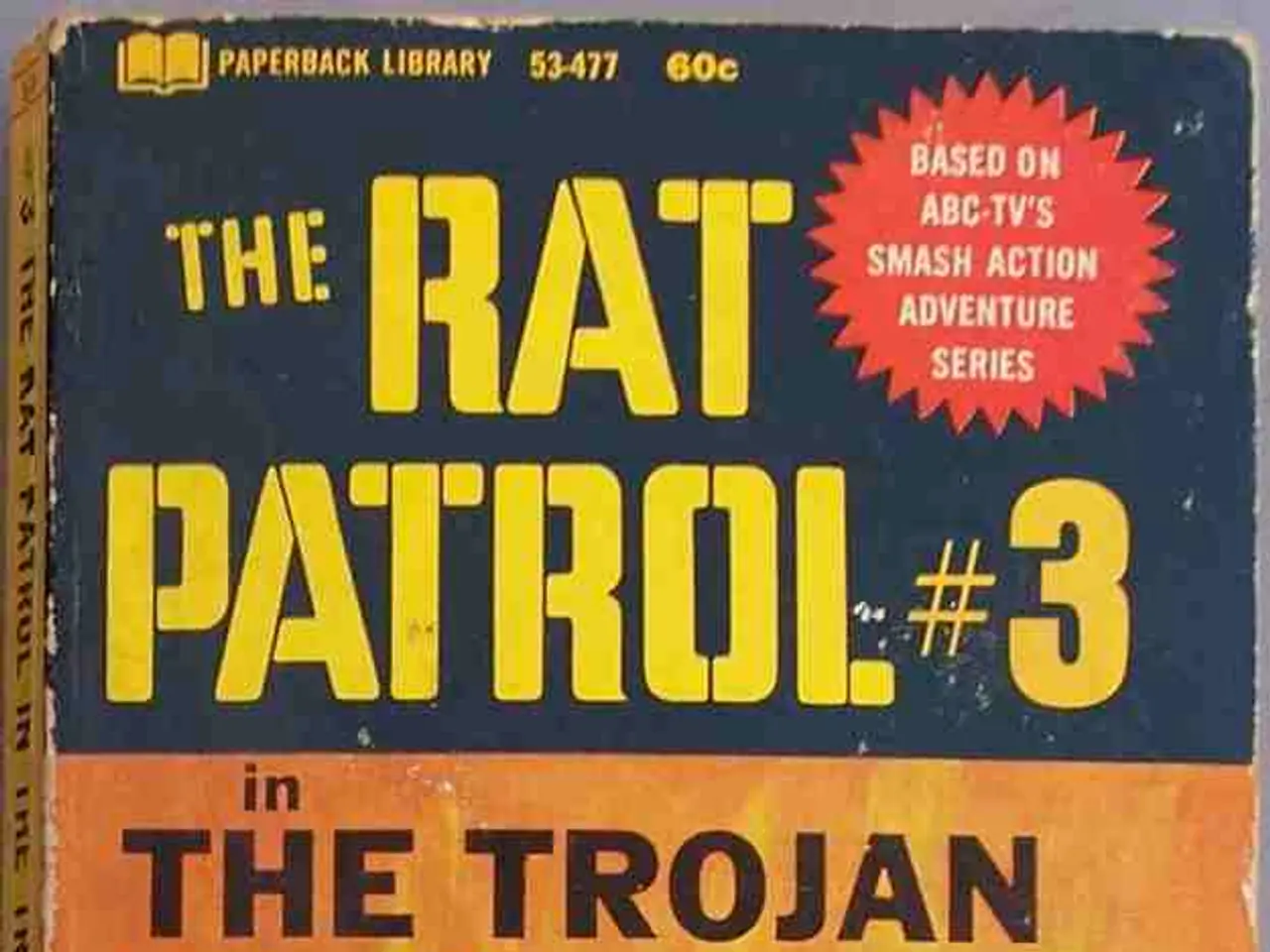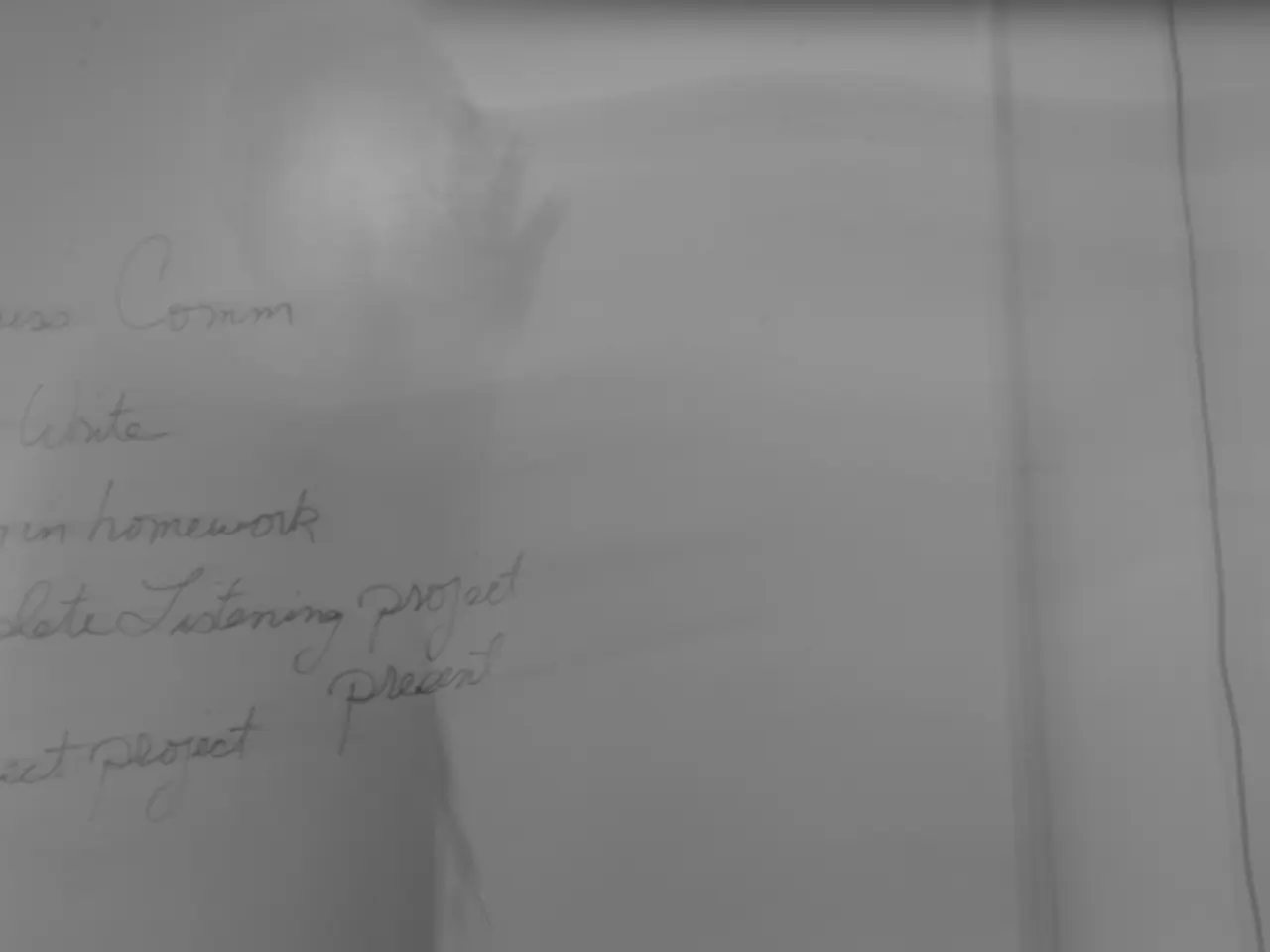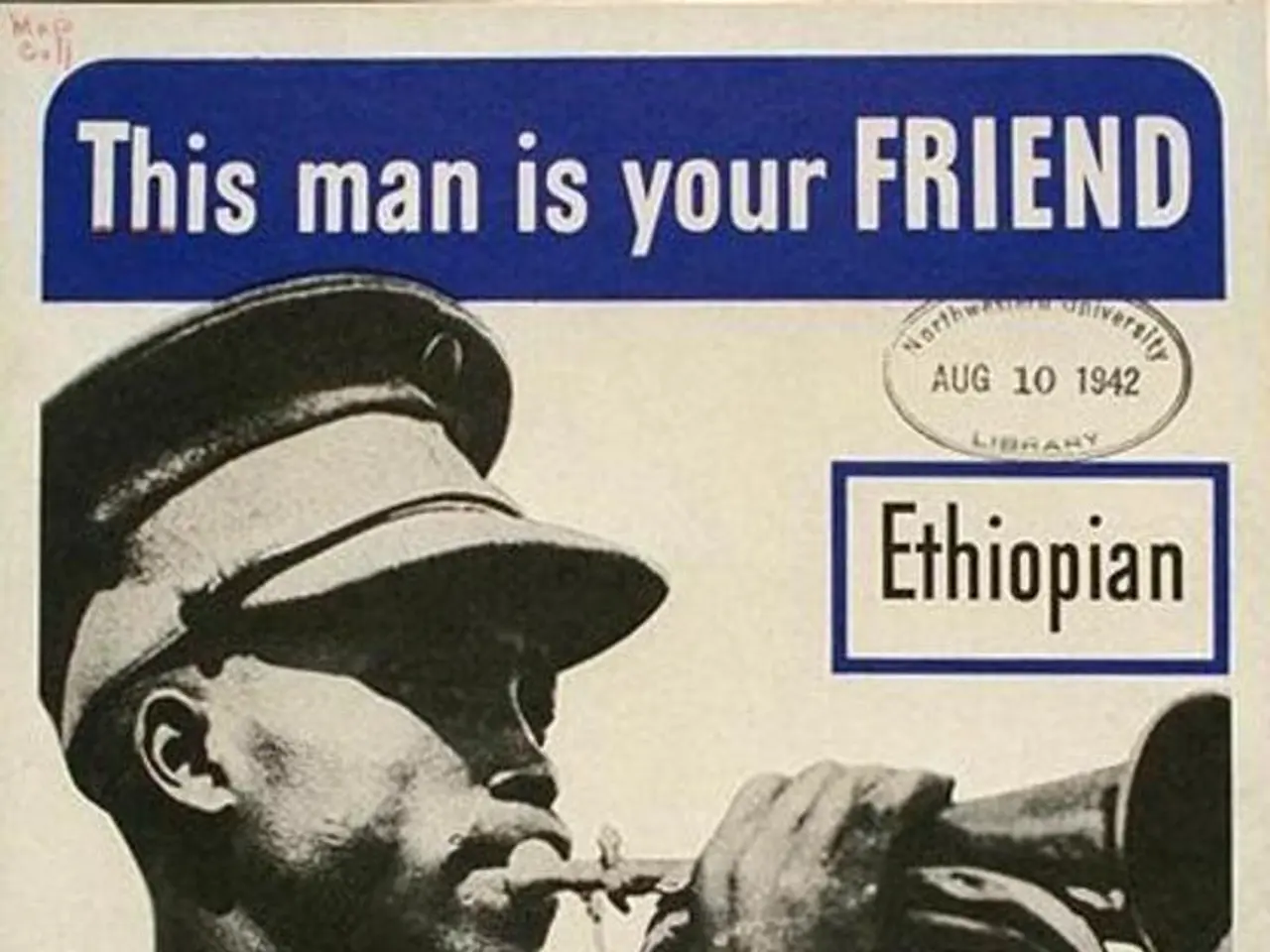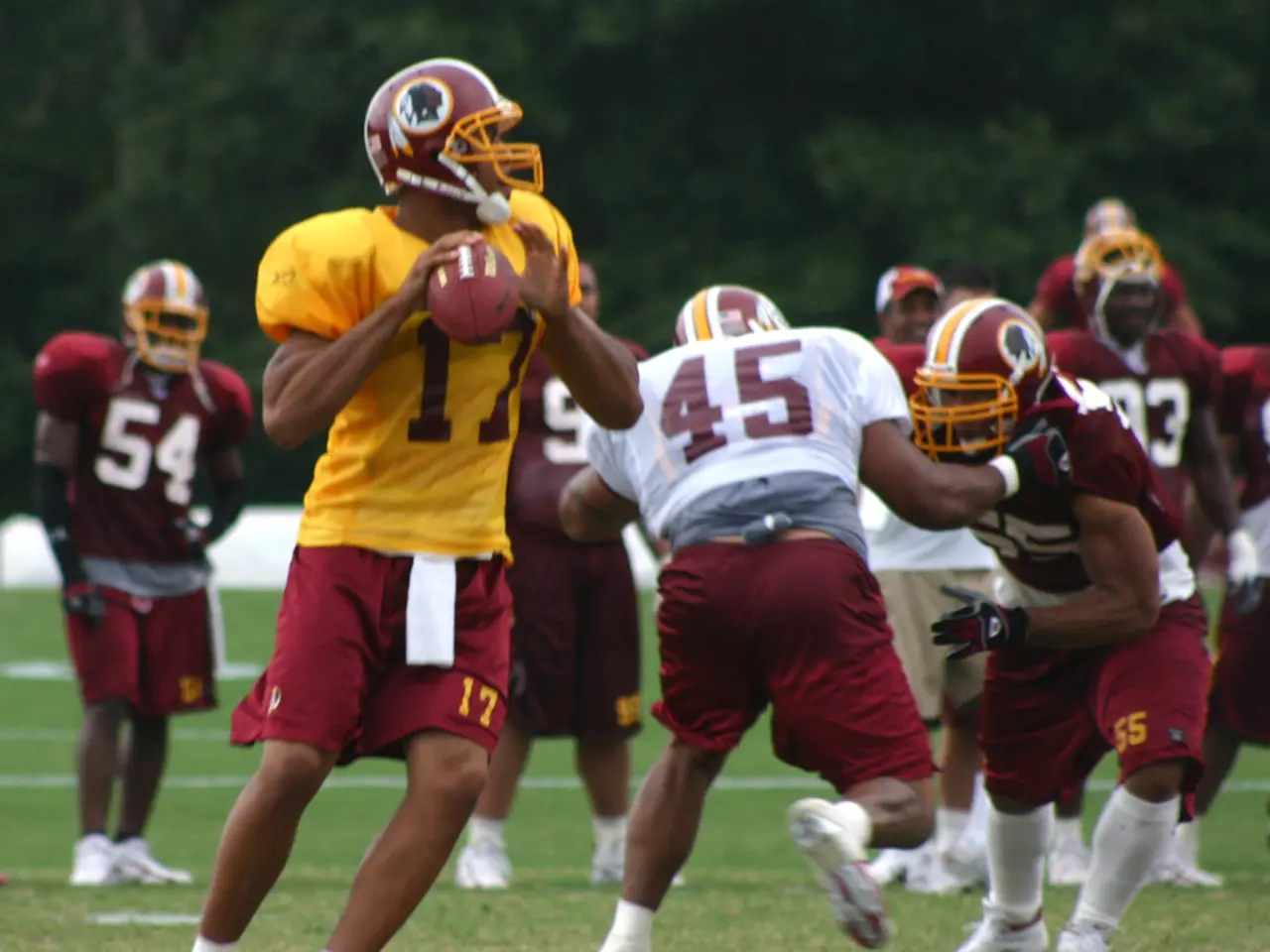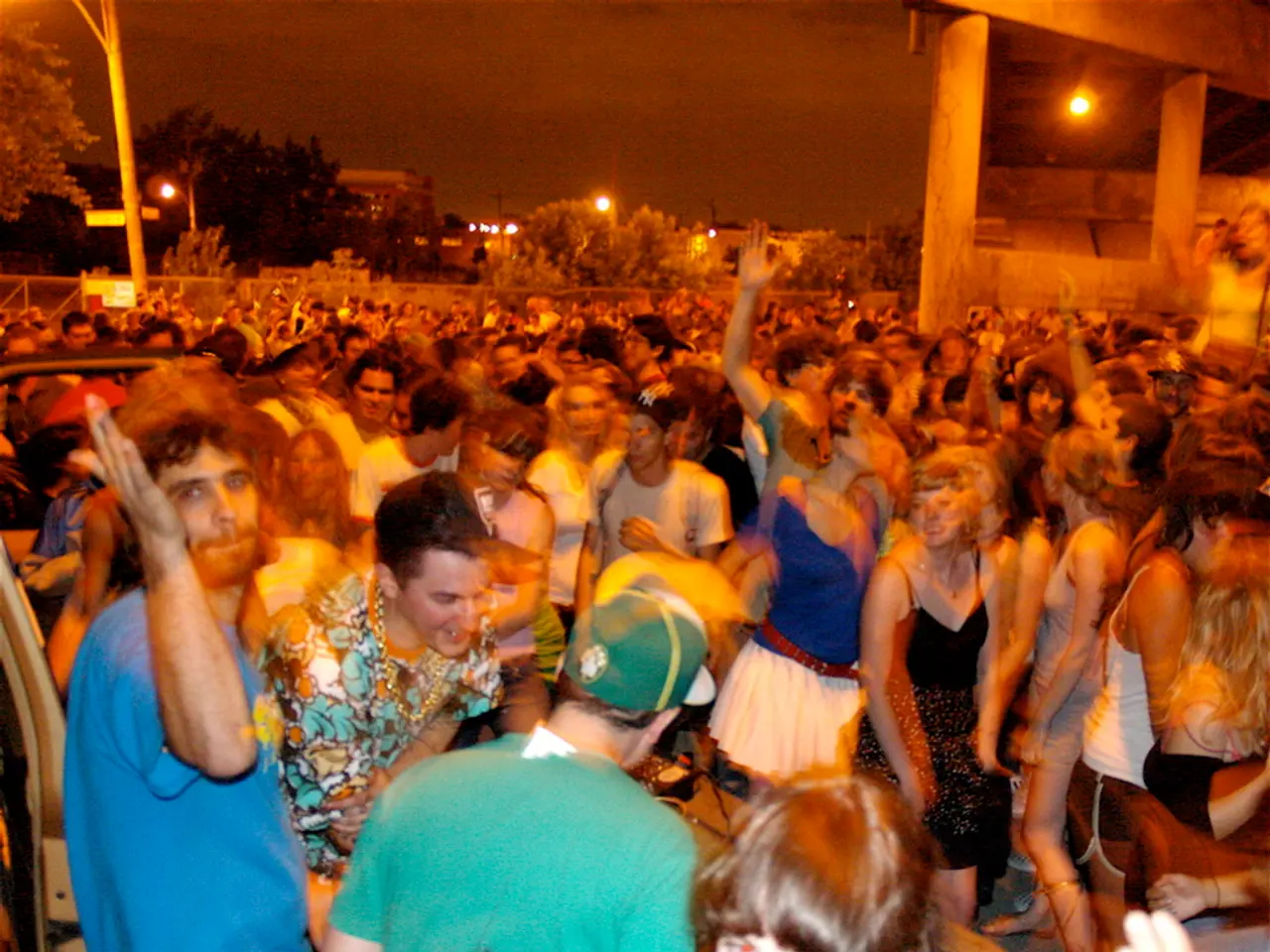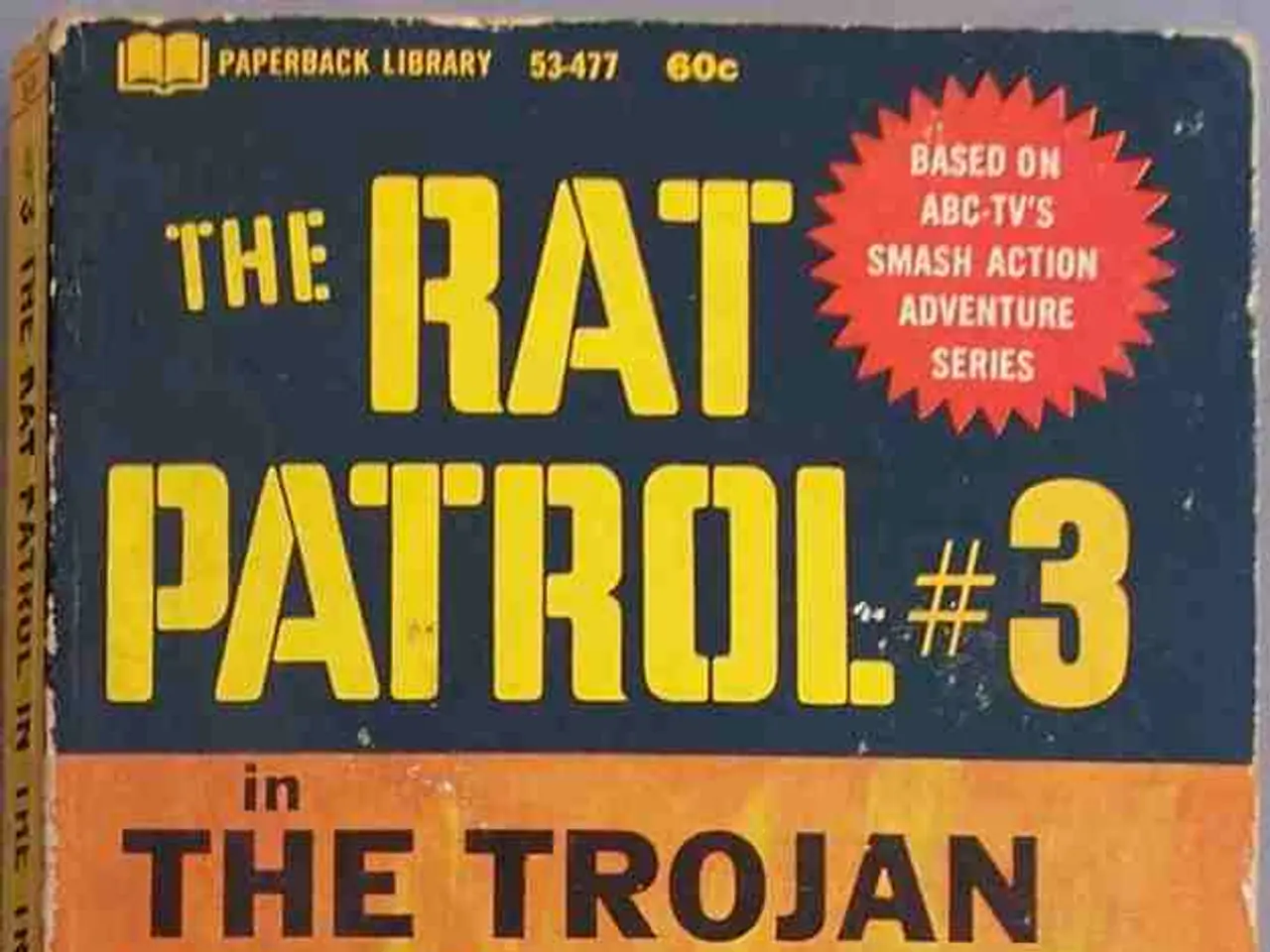Discussion on Urban Warfare Project Podcast: 2005 Battle of Tal Afar, led by Former Lieutenant General H. R. McMaster
================================================================================
In an episode of the Urban Warfare Project Podcast, retired Colonel H.R. McMaster shared his experiences leading the 3d Armored Cavalry Regiment during the 2005 Battle of Tal Afar, a key stronghold for al-Qaeda in Iraq.
The battle, often referred to as a model example of the "clear, hold, and build" approach to counterinsurgency, was a critical turning point in the Iraq War. McMaster and his team:
- Cleared the city of insurgents through coordinated combat operations.
- Held Tal Afar by establishing security and building trust with local leaders and the population, which was essential for stability.
- Helped rebuild local governance to provide lasting order and services to residents.
The "clear, hold, and build" strategy is a balanced approach that combines force with efforts to win local support and rebuild governance structures.
McMaster's experience in Tal Afar is often referenced in discussions about urban conflicts, such as the ongoing fighting in Gaza. The key lesson is the necessity of removing the hostile armed threat first before any meaningful rebuilding or stabilization can occur. This principle, of clearing insurgents being the vital first step, applies across different environments, though every conflict has its unique challenges.
Furthermore, McMaster emphasized the extreme lethality involved in urban combat against an entrenched and well-armed enemy. Planning for the Battle of Tal Afar focused not just on clearing the city but holding it and restoring life afterward.
The battle's success partly rested on sustained presence and relationship-building by McMaster's regiment, which some argue is difficult to replicate broadly without adequate forces.
In summary, McMaster's discussion highlights that urban warfare success requires a comprehensive approach combining combat operations, local engagement, security forces presence, and governance rebuilding, underscored by the critical first step of removing insurgent threats.
[Image Credit: Pfc. James Wilt, US Army]
[1] The Battle of Tal Afar: A Model Example of Urban Counterinsurgency [2] The Importance of Troop Density in Urban Warfare [3] Lessons from the Battle of Tal Afar for the Ongoing Fighting in Gaza
- The critical first step in successful urban warfare, as demonstrated by the Battle of Tal Afar, is the clearance of insurgents to ensure safety and security for any subsequent rebuilding and stabilization efforts, a principle that relevantly applies to the ongoing fighting in Gaza.
- McMaster's strategy for the Battle of Tal Afar underlined the significance of not only clearing a city of insurgents but also holding it through continued security operations and establishing trust with local leaders, along with rebuilding governance structures to prevent future instability.
- The approach McMaster adopted in the Battle of Tal Afar, combining combat operations, local engagement, security forces presence, and governance rebuilding, underscores the comprehensive nature required in urban warfare to address the complex challenges faced during war-and-conflicts and politics, and in urban warfare settings within general-news contexts.
